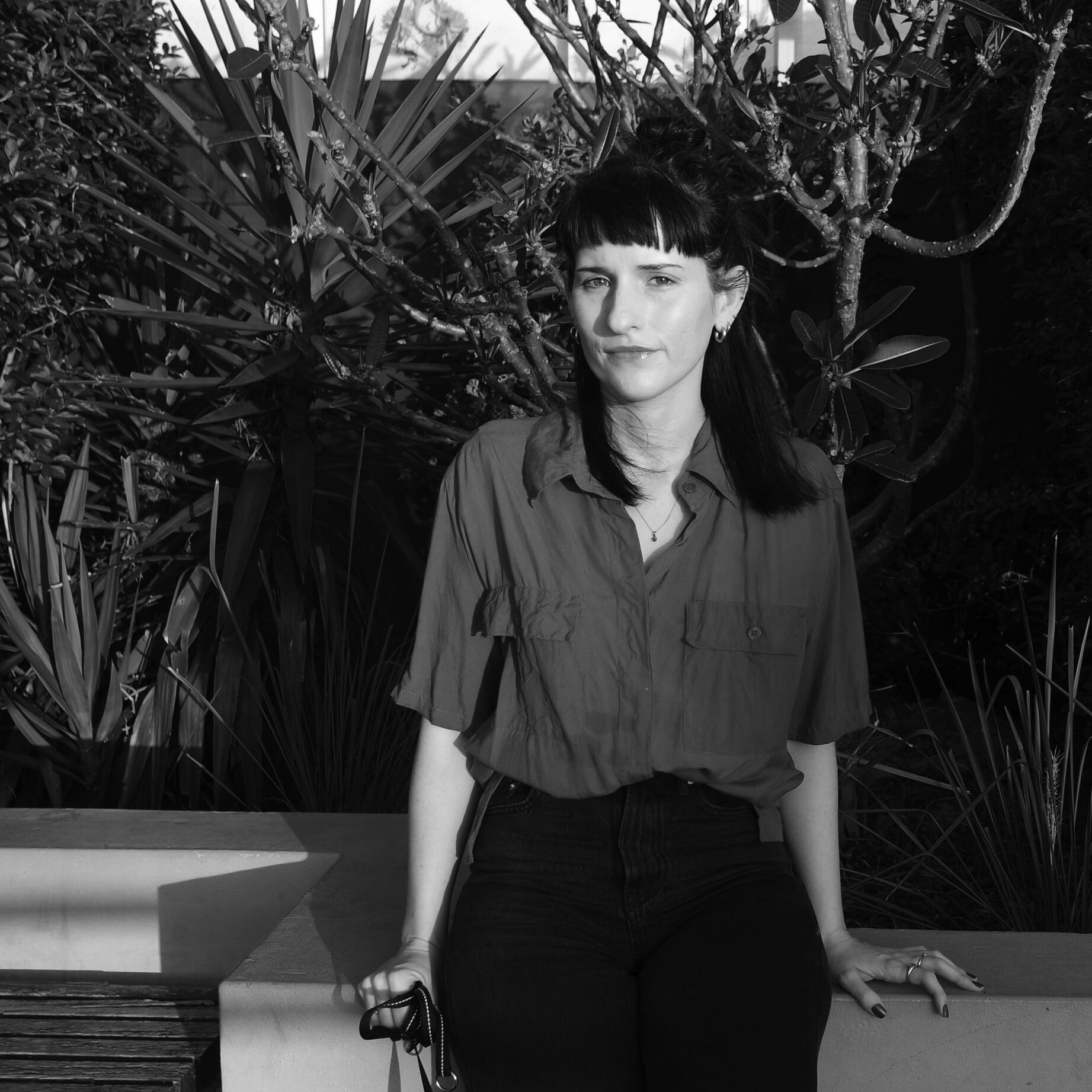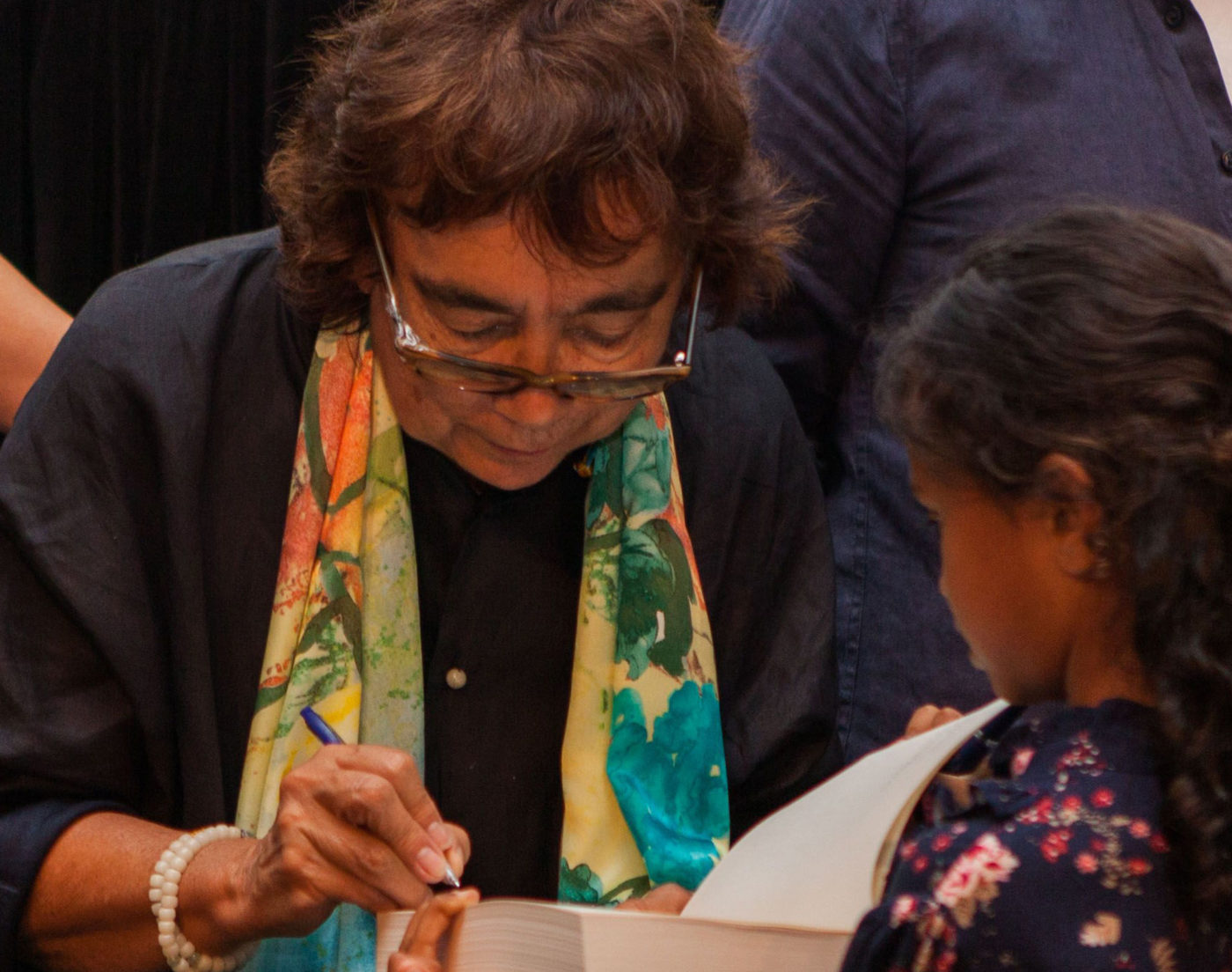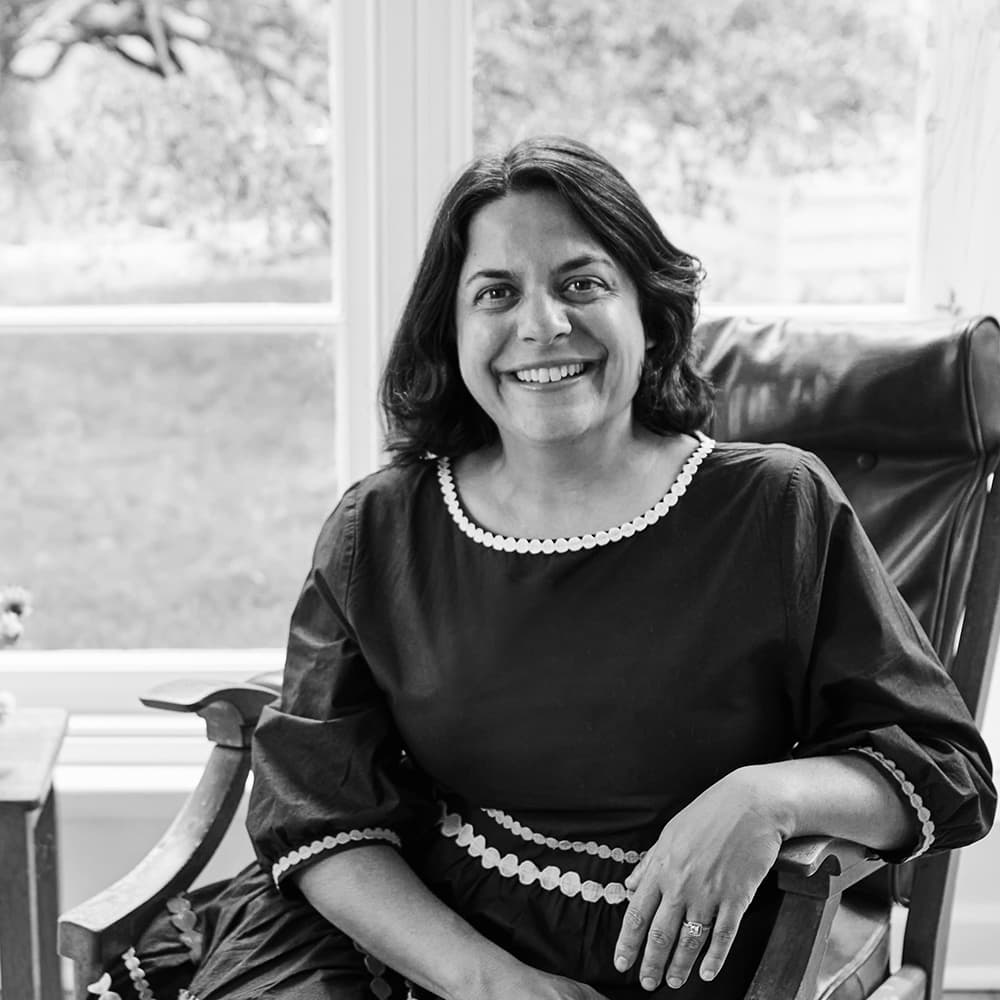The Stella Interview: Emily O’Grady
In this interview, we chat with Emily O’Grady about her second novel, Feast, which has been shortlisted for the 2024 Stella Prize.

Family secrets are at the core of Feast, with all characters having more than one side and one action to hide. In The Yellow House, your first novel, secrets are also present and they slowly bubble up. What draws you to writing about families and family secrets?
I read an article recently that said, on average, a person has 13 secrets, five of which they never share with anyone. It’s impossible to hold a complete picture of anyone, no matter how well you think you know them. This is especially complicated when people actively keep versions of themselves hidden.
With both Feast and The Yellow House, I was interested in exploring the unknowability of those (seemingly) closest to us. The cast of characters in Feast transgress social boundaries to varying degrees – transgressions which are then repressed, and in turn, manifest as shame. In the novel – and in life – shame corrodes. It’s inevitable that what is repressed eventually rises to the surface, often chaotically or with harmful consequences, and this is the tension at the centre of Feast.
Point of view plays such an important part in the novel. Why did you decide to tell Feast from three different points of view? What were the challenges of doing this?
The point of view in Feast is shared across three characters: Alison, Neve and Shannon. An early draft of Feast was entirely from the first-person perspective of Alison, but the more I wrote, the stranger Neve became and it was clear that her perspective needed to be given equal weight in order for her to develop beyond a being sullen weirdo and become a nuanced character in her own right. Shannon’s point of view emerged late into the process. Though we only hear from her perspective at one point in the novel, including her account added an extra layer of context to the way the family’s dysfunction operates. She is probably the most sympathetic character in the book and her point of view counteracts the often disturbing interiority of Alison and Neve.
Multiple perspectives also raise questions of reliability. The reader sees slightly differing accounts of the same events as each character remembers or interprets these events based on their own subjectivity. Whose account is closest to the truth? The lack of clarity intends to highlight the dangers of uninterrogated judgement – or perhaps the dangers of moral absolutism.
Your first novel is set in Australia, but Feast is set in Scotland and has both Australian and Scottish characters. What was your research process like for this book?
In 2019 I walked the Cateran trail, a six-day hike through Perthshire and Angus in Central Scotland. Parts of the route follow the same used by the Caterans, cattle thieves who terrorised the area from the Middle Ages through to the 1600s.
Feast isn’t set in a specific location but the idyllic landscape of woodlands, moors, and farmlands, as well as the villages I passed through, informed Feast’s fictionalised setting.
“Whose account is closest to the truth? The lack of clarity intends to highlight the dangers of uninterrogated judgement – or perhaps the dangers of moral absolutism.”
The manor in Feast feels almost like another character in the book. Where does the inspiration for the house came from? Do you have a favourite haunted house book or short story?
The decaying, labyrinthine house in Feast has the hallmarks of a classic, Gothic, haunted house. There are no literal ghosts in Feast—at one point Alison is hoping to see the ghost of her mother; she tries to will the imprint of her dead mother into existence, a futile exercise, of course – but the house is a domestic space turned sinister and informs the psyche of its inhabitants. It’s the horror of the unseen, or half-seen, that evokes the sense of dread at the centre of the novel – the rot of the past seeping its way into the present, and the psychological damage of shame.
I knew early on that Feast would have one central setting: the old manor house, where Patrick and Alison, blessed with financial freedom, are able to exist outside social conventions. The house is loosely inspired by Craigend Castle in Stirlingshire, also in central Scotland. Generations ago, this castle belonged to my maternal ancestor, a wealthy Laird who lost the property to a gambling debt. In the late 1940s, a business man and his zoologist son bought the house and transformed the grounds into an exotic zoo. The business failed after a few years and upon closure the castle fell into ruin, as it remains to this day. I visited the ruin on my trip in 2019. The stables and zoo grounds have been converted into a public park – extremely picturesque – with the crumbling ruin somewhat of an eyesore. Like Craigend Castle, the house in Feast was also a zoo in a past life.
As I was writing Feast, I re-read Visitation by Jenny Erpenbeck, which is set in a house on the Brandenburg lake in Germany, and follows the dislodgement of the house’s many occupants throughout the 20th century: an architect forced to flee to West Germany, a Jewish family in the 1930s, members of the Russian Army after World War II, among others. It’s a deeply moving book and the central idea of a house being a character in its own right worked its way into Feast, though with far less profound results.
In an interview you mentioned you had about 40 drafts of Feast before you sent it to your publisher. Can you tell us about your writing and self-editing practice?
I will clarify that those 40 drafts were not complete rewrites! I have about 40 or 50 early versions of Feast saved on my laptop, and if anyone were to compare the drafts, the differences might not be obvious, but for me they feel significant. Since Feast, I’ve become a tediously slow writer. I used to try and bash out a draft as quickly as possible, but now I prefer to be more considered. Getting a sentence right before moving on, and writing mostly chronologically. A writing day might be hours and hours of sitting and thinking and re-reading and maybe one hour of actual writing, which to me, feels productive.
How do you combine your creative writing with your research and teaching practice?
On a practical level, teaching gives me the time between semesters to focus solely on my writing. I find it difficult to switch into writing mode even if I’ve only taught for a few hours in the morning, so I cherish the long stretches of time between semesters and do most of my writing during these periods.
Explore the latest from Stella
Interview: Jaclyn Crupi – 2026 Stella Prize Judge An interview with editor, author and bookseller Jaclyn Crupi. What role do you believe …
This month Stella celebrates The Museum of Modern Love, the winner of the 2017 Stella Prize. Tell us about your relationship with …
Interview: Sophie Gee – 2026 Stella Prize Chair of Judges An interview with academic, author and podcast host, Sophie Gee. What role …

Help change the story
As a not-for-profit organisation with ambitious goals, Stella relies on the generous support of donors to help fund our work.
Every donation is important to us and allows Stella to continue its role as the leading voice for gender equality and cultural change in Australian literature.
Stella is a not-for-profit organisation with DGR status. All donations of $2 or more are tax-deductible.
SUBSCRIBE
Join our mailing list to stay up-to-date on Stella news, events and opportunities.
Stella is grateful to the ongoing generosity of our supporters:



